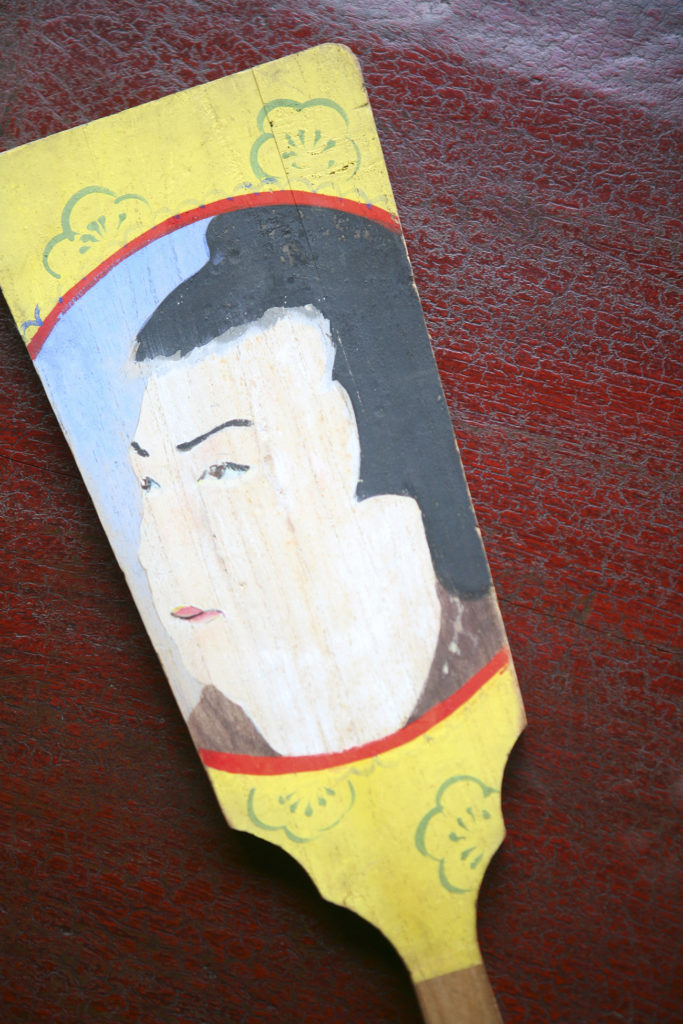
Traditional Japanese Children’s Games
Games can be traced back to ancient times. They are an important part of all cultures, considered to be one of the oldest forms of human social interaction, teaching tools, and markers for social status. Games are said to capture the worldwide views and ideas of cultures as well as passing these ideologies to the next generation.
Japan has many traditional games that have kept generations of children amused. Some traditional Japanese toys still remain popular among the young and old today and are integral in giving us a glimpse of Japan’s rich cultural heritage.
Here are some of the popular traditional Japanese children’s games:
Beigoma.| Σ64
Beigoma (ベーゴマ) – traditional Japanese spinning tops that came to Japan via China. Initially known as koma (wooden toys), they were popular with the common folk during the Kamakura period.
During the Edo period in the 17th century, beigoma toys were made by filling spiral sea shells with sand then sealing them with melted wax. The 20th century saw the use of lead and later, cast metal. The beigoma is spun by wrapping a thin cord around it, throwing it at the same time releasing the cord to spin it onto a surface.

Hanetsuki (羽根突き, 羽子突き) – a game similar to badminton without the net. The game is played with a rectangular wooden paddle called a hagoita and a brightly colored shuttlecock. The game is played with one person attempting to keep the shuttlecock up in the air as long as possible or by two people batting the shuttlecock back and forth.
Hanetsuki. |Kusakabe Kimbei
Hagoita are usually rectangular, lacquer-painted with conventional Japanese symbols and characters from kabuki dramas. They are decorated with silk collages and are still commonly sold as decorations.
Ohajiki (おはじき) – a game similar to marbles. The small coin-shaped pieces are called ohajiki and are made with glass or plastic.
Historically, the game was often played with pebbles and it grew popular as a game during the Edo period.

